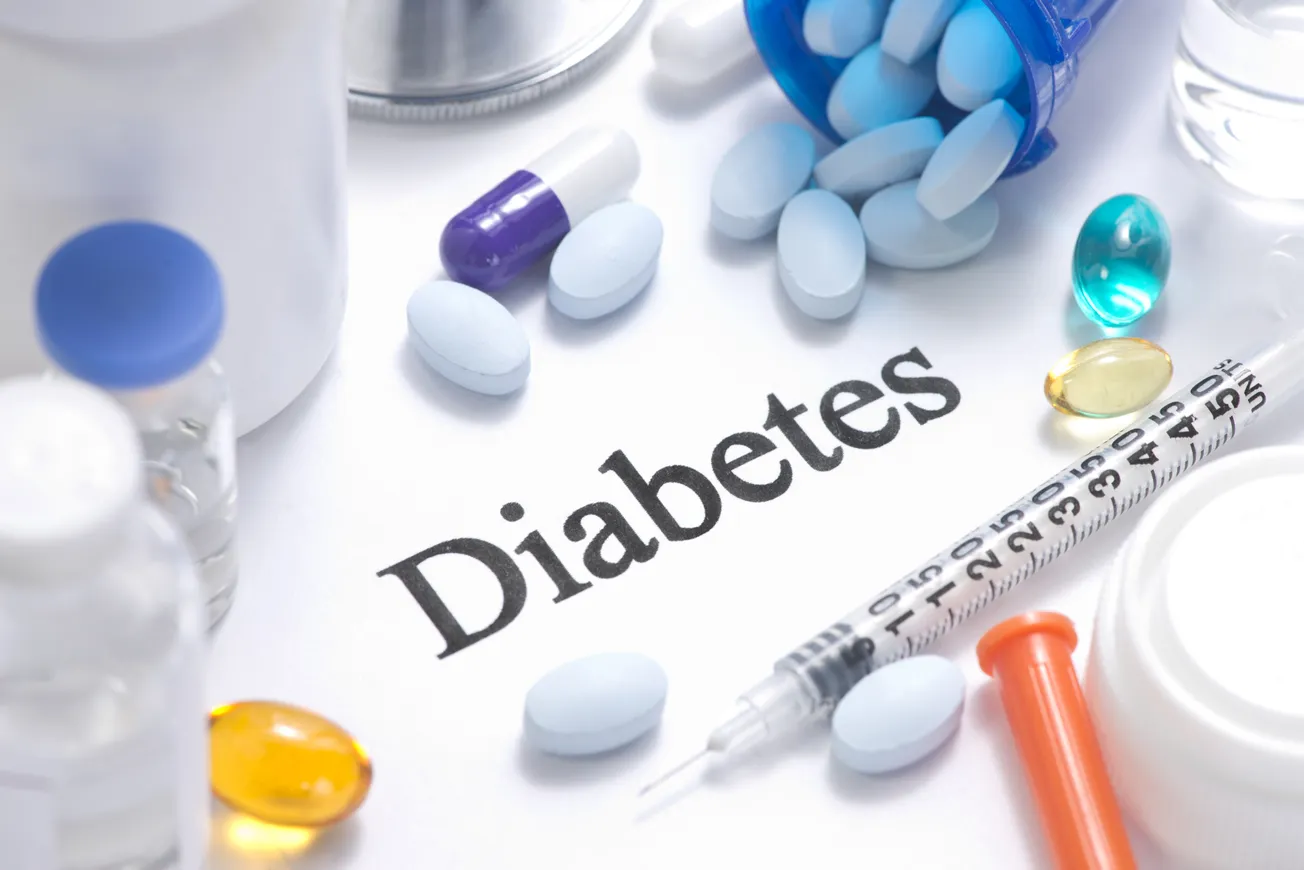
Nicholas Hall
LONDON — The phrase “inflection point” is overused, but there is no other way to describe where we have arrived in the consumer health care market in 2019, which is why Nicholas Hall, founder, executive chairman and creative solutions director of the Nicholas Hall Group of Cos., felt it was the ideal time to personally write his “New Paradigms for CHC 2019” report, which takes a look “over the horizon” at what could be next for the CHC market, where the possible growth areas lie, and other key success factors for market players looking to either sustain or grow their position.
Global growth is a decent 5.3% compound annual growth rate (CAGR) at constant currencies, ahead of a theoretical 4.1% benchmark made up of population increase (1.1%) and inflation (3%).
The fastest-growing part of the market is e-commerce (up 20% CAGR). Generics, private labels and small brands are doing well here, but the major manufacturers appear dilatory. Where multinational corporations (MNCs) dominate — the retail sector — sales are growing at only 3.7% MAT, or moving annual total, for Q1 2019.
When Nicholas took a look back over the past five years and beyond, whilst writing the report, it became very clear that the market is functioning in a totally new way. Partly this is because of the massive disruption caused by Big Tech, Big Pharma and, indeed, Little Pharma, which is ever-present in the industry through generics and private labels. But there are many other factors, including a new way that many consumers and patients look at medicines.
Digital and social media are the new “high,” and unprecedented sums are being spent here versus TV and other traditional means of communication. But the journey has not been an easy one, and many marketers are asking if digital marketing really pays back.
Pharmacy has remained the bedrock of the industry, although growth is sluggish, partly down to reluctance by chains and marketers alike to seize point-of-care opportunities. HCPs (doctors, nurses and even pharmacists) are no longer in scope for most players within their marketing strategies, and budgets for medical marketing have been pared back, to nothing in the case of some marketers. Regulatory constraints are as tough as ever. Innovation is not driving growth despite a massive 19,000 launches in the past six years. And there was no major Rx-to-O-T-C switch in 2018, the first time in many years that the U.S. was not impacted favorably by switch.
These factors present a challenge to the major players, which traditionally rely on superior new products supported by the fruits of scale (large sales forces, mass advertising, regulatory strengths) to win market share points; but organic growth is proving illusory for the big players.
In fact, market share at the top of the leader board is mainly driven by mergers and acquisitions, yet although most top players have done a major deal in the past three years, the market remains fragmented with the top six taking only a 23% share. And the big players are under-indexed in the emerging markets, which now contribute 47% of global O-T-C sales. True, growth has fallen to 6.2%, but that is still ahead of the 2.1% recorded by the established markets. If Japan is included (and it is still an emerging market for most MNCs), the EMs’ contribution grows to 53% of sales. In summary, we can say that the top players are finding it hard to benefit from their scale.
By the same token, small and medium-size companies are seizing opportunities to win, and have the best growth in the global industry. Although there seems an air of uncertainty in the CHC industry at present, possibly reflecting the high degree of reorganization brought about by the recent wave of mega-mergers, not all is doom and gloom. In the report, Nicholas has identified 15 Infinity Zones that offer outstanding opportunities for growth in the next decade.
The 15 Infinity Zones are: Prevention; Cannabis; Sexual Health; Obesity; Diabetes; Probiotics; Food Intolerance; Go Green/Natural and Organic Products; Sleep, Stress and Mood; Women’s Health; Med Tech; Diagnostics; Pharmacy Point-of-Care; E-commerce and Emerging Markets.
Having missed the chance to participate in the vaping boom, CHC marketers must above all grapple with the many problems facing medical cannabis/CBD if they are to participate in what is sure to be a bonanza. Other opportunities are somewhat safer, and some have been around for a long time, such as probiotics, but the widening of indications and the arrival of improved strains represent a new chance for companies that have either not participated in this category so far, or that are looking for better results.
The report also takes a detailed look at the future of the consumer health care market over the next decade, providing readers with the best, worst and most likely cases for the industry..
Ultimately, Nicholas argues that we as an industry need to put the consumer at the heart of the health care industry, which is why we have increasingly abandoned descriptors like “O-T-C” and “self-medication” and “rebranded” as consumer health care, and he asserts that players must ensure that their marketing reflects this.
“New Paradigms for CHC 2019” explores the key components of CHC, from switch to M&A, providing a guidebook for navigating the competitive landscape. To find out more, or to receive an extract of the full report, visit nicholashall.com/report/newparadigms or contact melissa.lee@NicholasHall.com.









